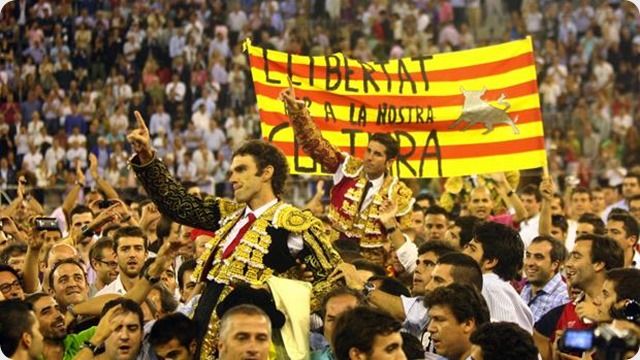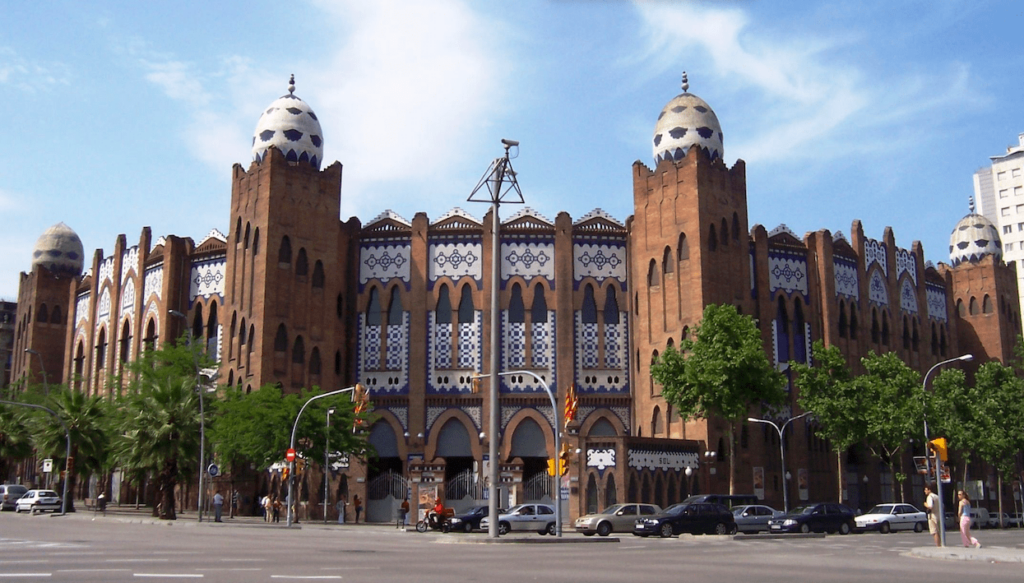That bullfighting is dead in Catalonia is one of the popular nonsense that circulates the most in Spain. The bullfighting festival continues to leave a great economic and cultural impact in many Catalan municipalities. The 2012 ban on bullfighting keeps awake the false belief that festivities are not celebrated. Part of the Catalans keep their bullfighting feeling awake, and there are many ways to continue living it in their land.
An unstoppable hobby
Catalonia hosted a total of 469 bullfighting events in 2022, activities that had an impact on 27 municipalities. Despite being very far from the data of other Autonomous Communities, Catalan bullfighting is booming. Its number of festivities increased by 7% (27 more festivities) compared to 2019, the last year in which they were held normally prior to Covid. On the other hand, the data are not comparable to those prior to 2012, a time when the Monumental had large billboards such as those for the La Mercè festivities.
The best option for many fans today is still to approach other Autonomous Communities. Bullrings like the one in Castellón fill their rows with Catalan followers. Some bullfighting entities promote excursions to facilitate travel by coach and the enjoyment of activities. The Catalan territory is also full of bullfighting clubs that seek to continue promoting a tradition that was established in the year 1128. Bullfighting news can also be followed in Catalan, despite the fact that the largest media have not stopped reducing their content, the portal VaDeBraus continues to report on the most
With the blow of the cape
Catalan is still spoken inside the arena as well. One of the greatest examples is Serafín Marín, the last bullfighter to go out through the front door and obtain a pardon in the Monumental in Barcelona. The one from Moncada y Reixach (Barcelona) continues to write his name on the posters of the best squares in the world. The matador is recognized for doing the paseíllo on some occasions with a barretina and the señera on his shoulder.
Bullfighters of the future also have their place in Catalonia. The Bullfighting School of Catalonia continues to train fighting professionals. The high level of its members could be verified last April in Vinaròs. Alba Caro (Santa Coloma de Cervelló) and Mario Vilau (L’Hospitalet de Llobregat) managed to get out on their shoulders in a bullfight in which two more students from the school also participated. Getting those who were children when bullfighting in Catalonia was banned today to put their name in festivities throughout the country is proudly celebrated at school.

What about the Monumental in Barcelona?
La Monumental de Barcelona is without a doubt the benchmark bullring on the Catalan scene. Since its last celebration in 2011, its arena has lost the smell of bravo, but it still retains part of its essence. The Monumental Bullfighting Museum is still open to show its visitors every corner of the bullring, historical bullfighter costumes, busts of the best matadors and stuffed bulls, among others.
One of the big questions of the fans is if the bullfights will return to the Monumental. The Marina street arena closed its front door on September 25, 2011 after the abolition of Parliament in 2010. In 2012 with 68 votes in favor, 55 against and 9 abstentions, the initiative was approved. With this decision, the cartel of José Tomás, Serafín Marín and Juan Mora seemed to be the last one before the plaza was buried. However, in 2016 the Constitutional Court issued a sentence and annulled the prohibition of Parlamet since it invaded state powers. Therefore, the Monumental could once again host a bullfight.
To this day, the Balañá family, the owner of the square, does not seem to be interested in reopening the lines, having even ceded the operation of the square to Casa Masilla. Rumors and news about the possible reopening of this and other squares come continuously and fans seem to receive them at puerta gayola with the hope of once again enjoying the sound of the pasodoble, the cape and the crutch. Only time will be able to tell us if Catalan bullfighting is para el arrastre or if it manages to go out through the front door.

